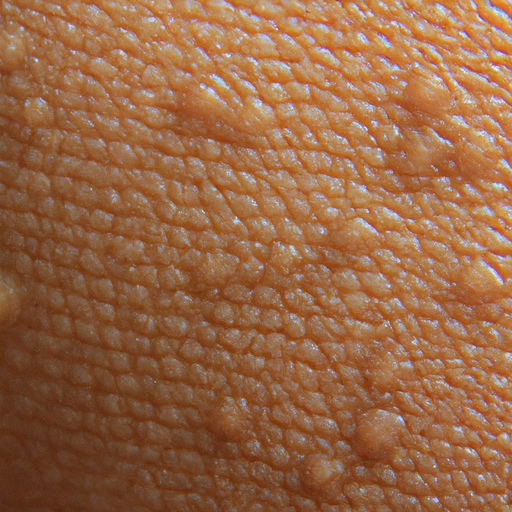As a dermatologist, I encounter a myriad of skin conditions daily, but one of the most common complaints is dry skin. Dry skin can be uncomfortable, itchy, and may even lead to more serious skin conditions if not properly addressed. Therefore, it is crucial to understand how to revitalize and nourish your skin effectively. This article will serve as your ultimate guide to banishing the dry spell and achieving healthy, hydrated skin.
Dry skin, also known as xerosis, can occur for a variety of reasons. It could be due to environmental factors such as harsh weather conditions, overexposure to the sun, or frequent washing without proper moisturization. It could also be due to internal factors like aging, certain medications, or underlying health conditions. Regardless of the cause, the result is the same: your skin loses its natural moisture, leaving it feeling tight, rough, and flaky.
The first step in revitalizing dry skin is to identify and address any potential triggers. If you live in a dry climate or are frequently exposed to wind and sun, consider using a humidifier at home and wearing protective clothing outdoors. If you wash your hands or shower frequently, try using a gentle, fragrance-free cleanser and lukewarm water instead of hot. Also, remember to moisturize immediately after washing to lock in hydration.
Next, invest in a good quality moisturizer. Look for products that contain ingredients like hyaluronic acid, ceramides, and glycerin, which are excellent at attracting and retaining moisture. Avoid products with alcohol, fragrances, or dyes, which can irritate and further dry out the skin. Apply your moisturizer at least twice a day and whenever your skin feels dry.
Exfoliation is another key step in treating dry skin. Dead skin cells can accumulate on the surface of your skin, creating a barrier that prevents moisturizers from penetrating deeply. Use a gentle exfoliant once or twice a week to remove these dead cells and reveal fresh, hydrated skin underneath. However, be careful not to over-exfoliate, as this can irritate the skin and exacerbate dryness.
In addition to topical treatments, consider making dietary changes to support skin health. Foods rich in omega-3 fatty acids, such as fish, walnuts, and flaxseeds, can help strengthen your skin’s barrier and retain moisture. Similarly, foods high in antioxidants, like berries, dark chocolate, and green tea, can protect your skin from environmental damage. Drinking plenty of water is also essential for maintaining skin hydration.
Lastly, if you’ve tried these steps and are still struggling with dry skin, it may be time to consult a dermatologist. Persistent dry skin can sometimes be a sign of an underlying health condition, such as eczema or psoriasis. A dermatologist can provide a proper diagnosis and personalized treatment plan to address your specific needs.
In conclusion, while dry skin can be uncomfortable and frustrating, it is generally manageable with the right skincare routine and lifestyle changes. Remember to protect your skin from harsh environmental factors, moisturize regularly, exfoliate gently, eat a skin-friendly diet, and seek professional help if needed. By following these steps, you can banish the dry spell and enjoy healthy, hydrated skin.



